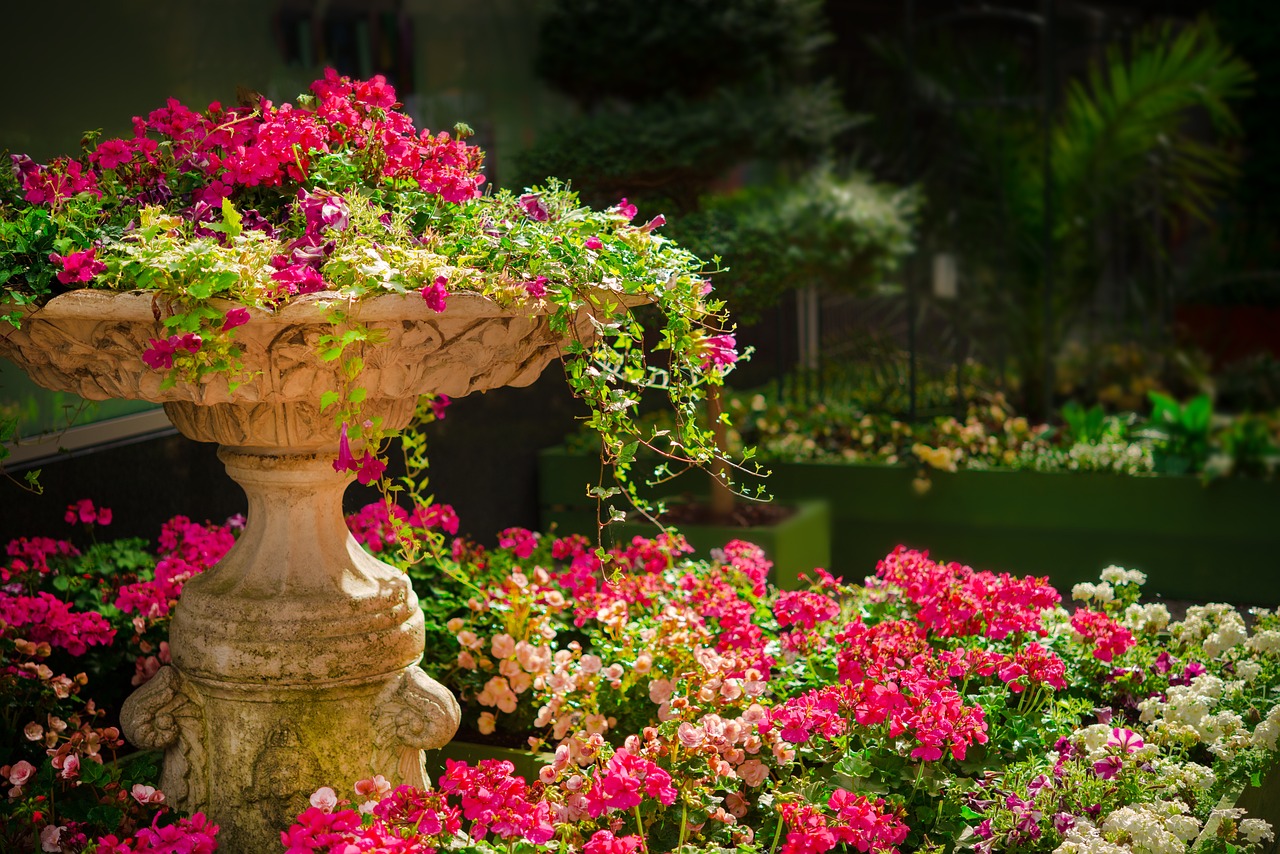Summer has already made an appearance, which means that heat is one of the elements that is part of everyday life. When you live in a warm climate, you know that temperatures will exceed 30 degrees Celsius. But, what if you like outdoor plants? Would any plant withstand those temperatures or peaks of over 40ºC?
If you are looking for heat-resistant outdoor plants that you can have in your garden and enjoy, take a look at the list we have compiled below. This way, you can choose the ones you like the most. Shall we start?
Cacti and succulents
The first outdoor plants that come to mind, and that surely have crossed your mind too, are cacti and succulents. They are plants very accustomed to heat and with a high resistance to drought, making them ideal for warm climates.
However, in reality, it’s necessary to analyze a bit further. To start with, the little plants we buy in stores are not accustomed to extreme heat. In fact, they are also not used to the environment. They come from greenhouses that have a pleasant temperature for development. That’s why when you take them outside, they either burn or die, and you think you are not fit to have plants.
Another reason why these plants cannot withstand the heat is that they are very small and not adapted. That’s why you need to make an adjustment to the new climate for them to withstand it well.
And this doesn’t only happen with succulents; it also happens with cacti. Additionally, you should know that, depending on the type, there will be some that tolerate direct natural light and climate very well, but others are not as used to it and may weaken or die.
Hibiscus

If there is a plant with a most beautiful flower, it is the hibiscus. It is a plant whose leaves and trunk do not stand out much. But when it blooms, those flowers are some of the most beautiful you will find.
They are available in a wide variety of colors and tolerate heat very well. In fact, when they don’t receive daily sunlight, they become sad and stop blooming. So, if you live in a warm climate, they are one of the outdoor plants you should have.
However, unfortunately, although it tolerates the sun and heat marvelously, the same cannot be said for cold weather, and except for some specific varieties, most hibiscus plants suffer a lot in winter (to the point of not surviving low temperatures even with protection).
Geranium
We continue with more outdoor plants, in this case focusing on another flowering plant. Geraniums are typical plants in Spain, specifically in the southern part of the country. They are known for producing very striking flowers in different colors, in dense clusters.
They will need minimal maintenance and can perfectly withstand both drought and extreme heat, which is why they are so commonly grown in the south.
When it comes to cold weather, they can tolerate it, but not when it is intense or prolonged.
Snapdragon
Another outdoor plant that you could take advantage of for warm climates is the Snapdragon. It is a very easy plant to grow and almost propagates directly when mature enough.
All it needs is about five hours of light to perform photosynthesis and develop fully. Its flowers, in different colors, are loaded with seeds, and when a breeze blows, they will scatter, and you will have more of this plant in other parts of your garden.
Tulips

Tulips are another outdoor plant that may come to mind when thinking about combining them with heat. However, don’t be fooled. The heat of Holland is not the same as the heat of Spain. In this case, there are many varieties that can withstand it, and you won’t have a problem.
However, they have several drawbacks. They bloom only once a year, and only for a period of fifteen days. After this, tulips do not bloom again, and you will be left only with the stem and leaves, which makes them less appealing to the eye.
Dianthus
Another heat-resistant outdoor plant is the Dianthus. It is not a very large plant, rather it is small, but that doesn’t stop it from blooming abundantly.
Its maintenance is minimal (beyond daily watering if high temperatures are present). Of course, it will also need several hours of daily light, both direct and indirect.
As you can see, there are many outdoor plants that you could use if summers are too hot where you live. Can you think of more names of heat-resistant outdoor plants?
via: MiMub in Spanish











